SOURCE: RAUNAK KUNDE / NEWS BEAT / IDRW.ORG
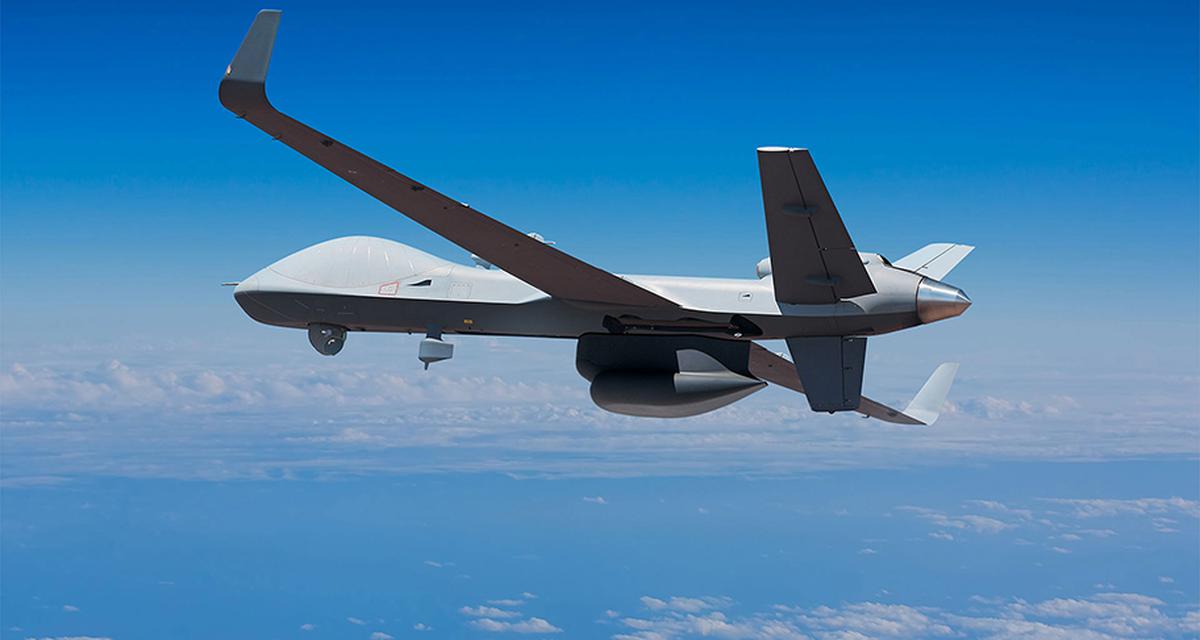
India is poised to take a significant leap in its unmanned aerial capabilities with the expected conclusion of a deal with General Atomics for the acquisition of 31 MQ-9B Predator drones. Estimated to cost around $3.5 billion, this deal is set to be finalized by the end of November this year, with deliveries commencing from the end of 2025 onwards.
The proposed deal outlines the induction of 15 Sea Guardians into the Navy, and eight Sky Guardians each into the Indian Army and the Indian Air Force. The MQ-9B Reaper drones, also known as Sea Guardians and Sky Guardians, are high-altitude long-endurance drones equipped with strike missiles capable of eliminating enemy targets with precision.
Continue readingSOURCE: RAUNAK KUNDE / NEWS BEAT / IDRW.ORG
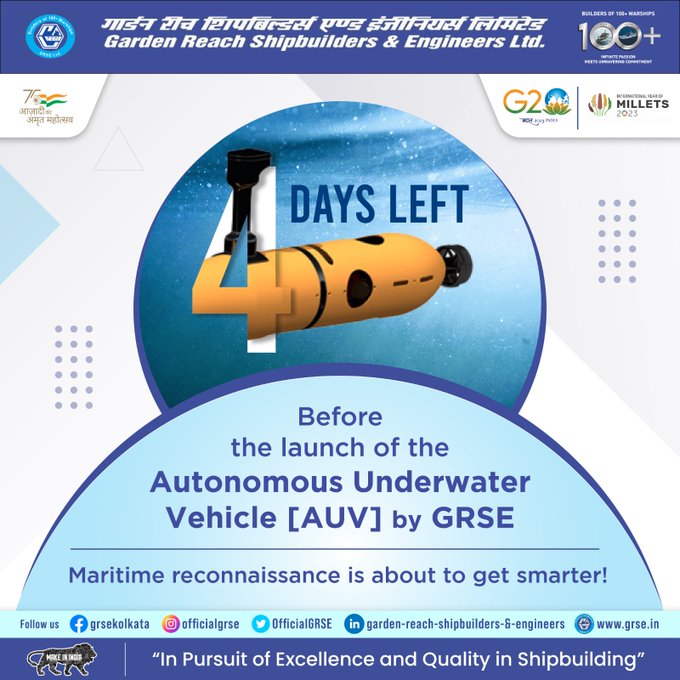
India’s state-owned shipyard, Garden Reach Shipbuilders & Engineers (GRSE), is all set to make a groundbreaking advancement in the realm of maritime surveillance. The company has recently announced on Twitter that it will be unveiling its first indigenously made Autonomous Underwater Vehicles (AUVs) on the 28th of this month. This development promises to revolutionize India’s ability to monitor and safeguard its vast coastline through innovative and homegrown technology.
Maritime surveillance has witnessed significant advancements with the adoption of Unmanned Aerial Vehicles (UAVs) or drones. These state-of-the-art tools have proven to be highly cost-effective and efficient resources, empowering governments and organizations to monitor and protect expansive water areas while minimizing risks to personnel.
Continue readingSOURCE: RAUNAK KUNDE / NEWS BEAT / IDRW.ORG
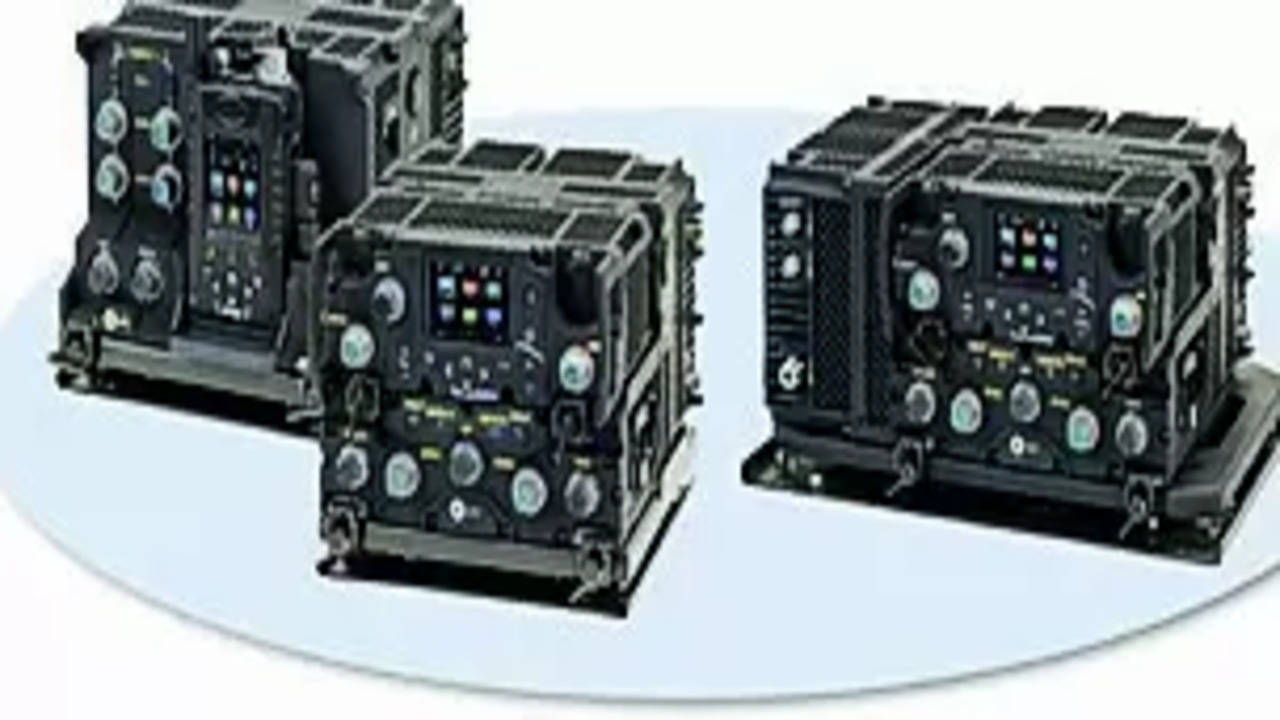
Bengaluru-based Alpha Design Technologies Limited (ADTL) has achieved a significant milestone in its partnership with the Indian Army by securing an order to supply 400 indigenously made Software-Defined Radios (SDRs). These cutting-edge SDRs will be integrated into the tanks operated by the Indian Army in forward areas, marking a major technological leap in enhancing the army’s communication capabilities.
The SDRs hold immense strategic importance as they enable secure and seamless communication among tank platforms, offering improved command and control capabilities on the battlefield. With this procurement, the Indian Army is poised to revolutionize its tank fleet with state-of-the-art communication technology, enhancing coordination, and ensuring real-time information exchange among Armoured units.
Continue readingSOURCE: IDRW.ORG TEAM
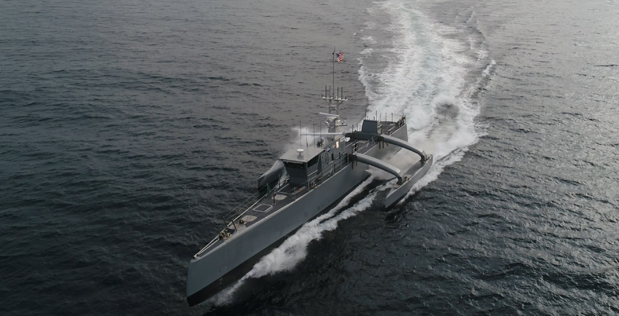
The Indian Navy’s unwavering pursuit of innovation and technological advancement has set the stage for a groundbreaking development in the realm of naval operations – the advent of unmanned boats. As part of its “Integrated Unmanned Roadmap,” the Navy is gearing up for the maiden sea trials of an autonomous vessel, equipped with cutting-edge sensors and surveillance equipment. This significant milestone marks a leap forward in the application of autonomous technologies for maritime operations and underscores the Navy’s commitment to enhancing its capabilities while ensuring the safety of its personnel.
The unmanned boat, jointly developed by the Navy’s Weapons and Electronic Systems Engineering Establishment (WESEE) and Bharat Electronics (BEL), is a 15-meter-long marvel of engineering. Capable of navigating through complex maritime traffic and challenging sea conditions, this autonomous vessel showcases the Navy’s determination to harness emerging technologies for strategic advantage.
Continue readingSOURCE: IDRW.ORG TEAM
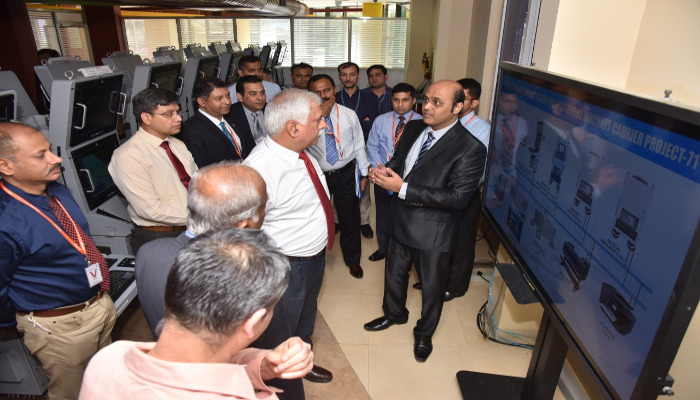
The Indian Navy continues to strengthen its naval capabilities, not only through new vessels and cutting-edge technology but also through the implementation of a state-of-the-art Combat Management System (CMS). Serving as the “nerve centre” on board a warship, the CMS plays a pivotal role in integrating various critical components, including sensors, radars, sonar, electronic warfare systems, and a wide array of weapons like missiles, rockets, torpedoes, and guns. This innovative system acts as a crucial bridge of communication between platforms through data links, fostering seamless coordination and enhancing the Navy’s operational prowess.
The upcoming indigenous new-generation Combat Management System (CMS) is a testament to India’s commitment to developing advanced naval technologies through domestic expertise. Developed by the Weapons and Electronic Systems Engineering Establishment (WESEE), the CMS trials are set to commence in August, marking a significant milestone in the Navy’s modernization efforts.
Continue readingSOURCE: RAUNAK KUNDE / NEWS BEAT / IDRW.ORG
Hindustan Aeronautics and Bharat Electronics co-developed and co-produced a long-range dual band infra-red search and track system for Su-30 MKI and will commence developmental trials from mid of 2024 onwards as work is progressing towards a limited scale of production for development testing.
The co-developed IRST system aims to replace the existing Russian-supplied OLS-30 IRST system on the Su-30MKI fleet, with the process expected to commence from 2026 onwards.
Continue readingSOURCE: RAUNAK KUNDE / NEWS BEAT / IDRW.ORG
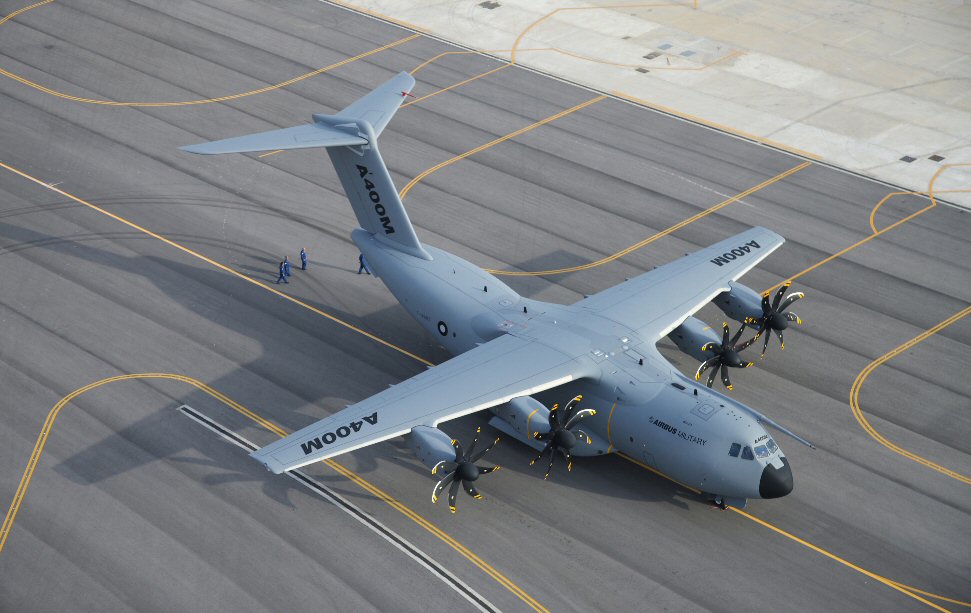
Venkat Katkuri, the head of Airbus’ defence and space vertical for India & South Asia, has confirmed that Airbus has actively responded to India’s Air Force (IAF) Request for Information (RFI) for the acquisition of 60-80 Medium Transport Aircraft (MTA) to serve as Medium Haul Transporters. The IAF is seeking modern and versatile aircraft to replace its Soviet-origin AN-32s and bolster its transport capabilities.
In the competitive bid, Airbus has offered its state-of-the-art A400M aircraft, designed to cater to the IAF’s medium transport requirements. Additionally, Lockheed Martin has also submitted its response, proposing the C-130J Super Hercules, while Embraer has offered its C-390 Millennium for consideration.
Continue readingSOURCE: RAUNAK KUNDE / NEWS BEAT / IDRW.ORG
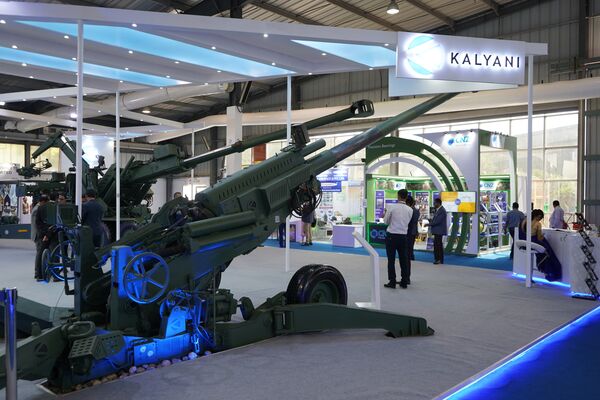
The Indian Army has recently made a strategic decision to rule out the procurement of additional British/American-supplied M777 155-mm, 39-calibre towed artillery guns for high-altitude regions. Instead, it has turned its focus towards upgrading the existing M777 howitzer to a 155mm/52 calibre ER (Extended Range) variant. This decision comes amidst rising tensions along the border with China, where the deployment of Chinese troops has prompted calls for additional artillery capabilities.
The M777 Howitzer has proven its worth in high-altitude regions, making it an important asset for the Indian Army. However, the upgrade to the 155mm/52 calibre ER variant is seen as a more cost-effective and locally sustainable solution. The upgrade will significantly increase the maximum firing range of the M777 howitzer, enhancing its firepower and range of engagement.
Continue readingSOURCE: IDRW.ORG TEAM
In a recent incident, the Ukrainian Air Force encountered a significant challenge as they faced a barrage of 7 x P-800 Onyx (Oniks) Russian missiles that targeted the port city of Odesa. Unfortunately, the air defense systems were unable to intercept any of these missiles, raising concerns about the country’s ability to defend against such high-speed threats. Ignat, a spokesperson for the Ukrainian Air Force, shed light on the difficulty in shooting down these missiles, citing their extraordinary speed and low flight altitude as the primary factors hindering interception.
The P-800 Onyx missile is a formidable supersonic anti-ship missile, capable of reaching speeds exceeding 3,000 km/h. Such blistering speeds make it an extremely challenging target for air defense systems, leaving the Ukrainian Air Force without the capability to neutralize these missiles effectively.
Continue readingSOURCE: IDRW.ORG TEAM
The Defense Research and Development Establishment (DRDE) has achieved a remarkable feat by successfully developing an advanced ejection seat parachute system for the Su-30 aircraft. This cutting-edge parachute ensures the pilot’s safe landing during emergencies, whether over land or water. To meet the futuristic requirements of the Indian Air Force (IAF), DRDO is actively seeking suitable industrial partners for bulk production. The technology will be transferred to the selected partner, referred to as the vendor, to facilitate large-scale manufacturing.
With a projected requirement of approximately 350 units over the next five years, the development of the ejection seat parachute is of utmost importance. The parachute assembly comprises several vital components, each meticulously designed and fabricated for optimal performance.
Continue readingSOURCE: RAUNAK KUNDE / NEWS BEAT / IDRW.ORG
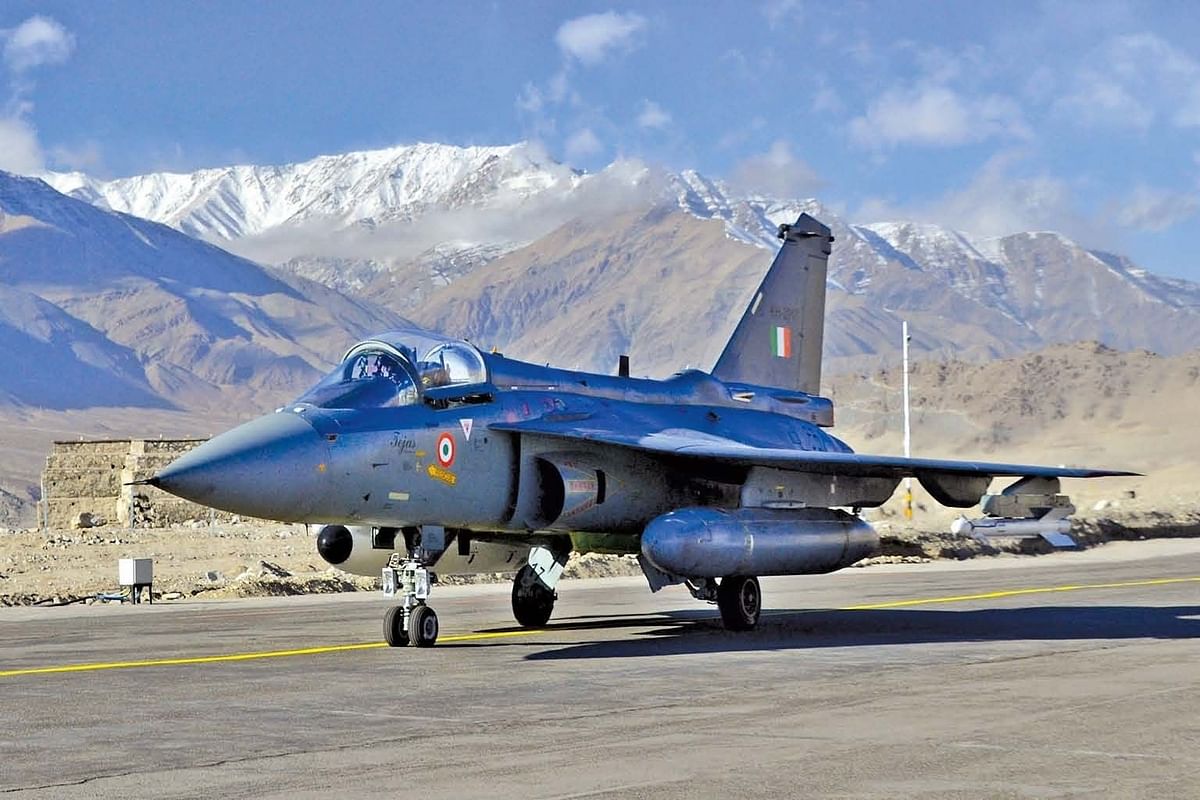
India’s Hindustan Aeronautics Ltd (HAL), a renowned state-owned aerospace company, has agreed to undertake the replacement of 16 major British components used on the LCA-Tejas Mk1A fighter jet, as per Argentina’s request. However, the key condition for the collaboration is that Argentina must bear the cost of certain major system changes required in the aircraft. While this collaboration represents a significant opportunity for Argentina to upgrade its fleet, some challenges lie ahead, particularly in replacing the British-origin Martin Baker ejection seats.
One of the most significant hurdles in the upgrade process is the replacement of the Martin Baker ejection seats, which are of British origin. Incorporating ejection seats from either the United States or Russia would necessitate modifications to the cockpit and recalibration of the ejection seat firing sequence. Additionally, recertification by the Centre for Military Airworthiness and Certification (Cemilac) will be required to ensure the aircraft’s safety and compliance with aviation standards.
Continue readingSOURCE: RAUNAK KUNDE / NEWS BEAT / IDRW.ORG

Naval Group, the renowned French naval defence and marine renewable energy company, has presented India with an enticing offer to enhance the capabilities of its Kalvari-class submarines. The proposal includes equipping these submarines with the state-of-the-art F21 Heavyweight Torpedo, which has already demonstrated its effectiveness aboard the Brazilian Navy’s Scorpene-class submarines.
With its impressive features and versatile applications, the F21 Torpedo has the potential to revolutionize India’s submarine warfare capabilities. Additionally, France has expressed keen interest in setting up a local assembly line for the torpedo, provided India procures them in substantial quantities.
Continue readingSOURCE: RAUNAK KUNDE / NEWS BEAT / IDRW.ORG
India’s ambitious Tejas MkII program is set to advance into the developmental testing phase starting in 2025. With committed orders for 120 units and potential procurement of over 80 more units in the future, the program gained momentum following the clearance of CCS (Cabinet Committee on Security) approval last year. The Tejas MkII, an advanced variant of the indigenous Tejas fighter jet, promises to elevate India’s aerospace capabilities to new heights.
Prabhulla Chandran VK, the director of avionics and weapons systems at the Aeronautical Development Agency (ADA), recently revealed that ADA is exploring the development of a Trainer variant of the Tejas MkII. Interestingly, the Indian Air Force (IAF) has not placed any such requirement for a trainer version. The move to consider a Trainer variant stems from the intention to make the Tejas MkII more appealing in the international export market.
Continue readingSOURCE: IDRW.ORG TEAM
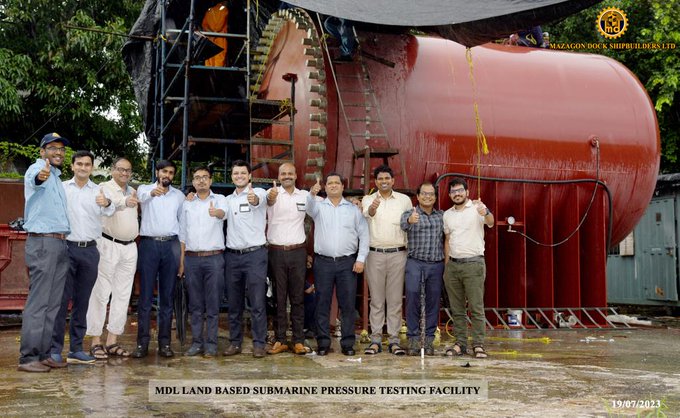
In a significant stride towards bolstering India’s naval capabilities, Mazagon Dock Shipbuilders (MDL) has announced a major breakthrough in the development of its Indigenous Midget Submarine. As part of a proof-of-concept, MDL successfully pressure-tested the prototype hull of the Midget Submarine at its unique land-based Submarine testing facility.
MDL, a leading shipbuilder in India, has embarked on a journey to design and construct a cutting-edge Midget Submarine, signaling its commitment to self-reliance and indigenous innovation in the maritime sector. To meet the nation’s increasing maritime needs, the shipbuilder has also undertaken an extensive modernization program to upgrade its infrastructure and facilities.
Continue readingSOURCE: IDRW.ORG TEAM

French aviation giant Dassault Aviation is reportedly in talks to acquire the stake held by Anil Ambani’s Reliance Defence in their joint venture, Dassault Reliance Aerospace Limited (DRAL). The joint venture operates a plant in Nagpur, which was established with the aim of expanding operations and manufacturing a complete Falcon business jet.
As per industry sources familiar with the matter, Dassault Aviation has initiated discussions with Reliance Defence to buy out their 51 percent stake in the joint venture. The move comes as further expansion of the Nagpur plant has been put on hold due to financial constraints and the inability to inject additional funds into the project.
Continue reading